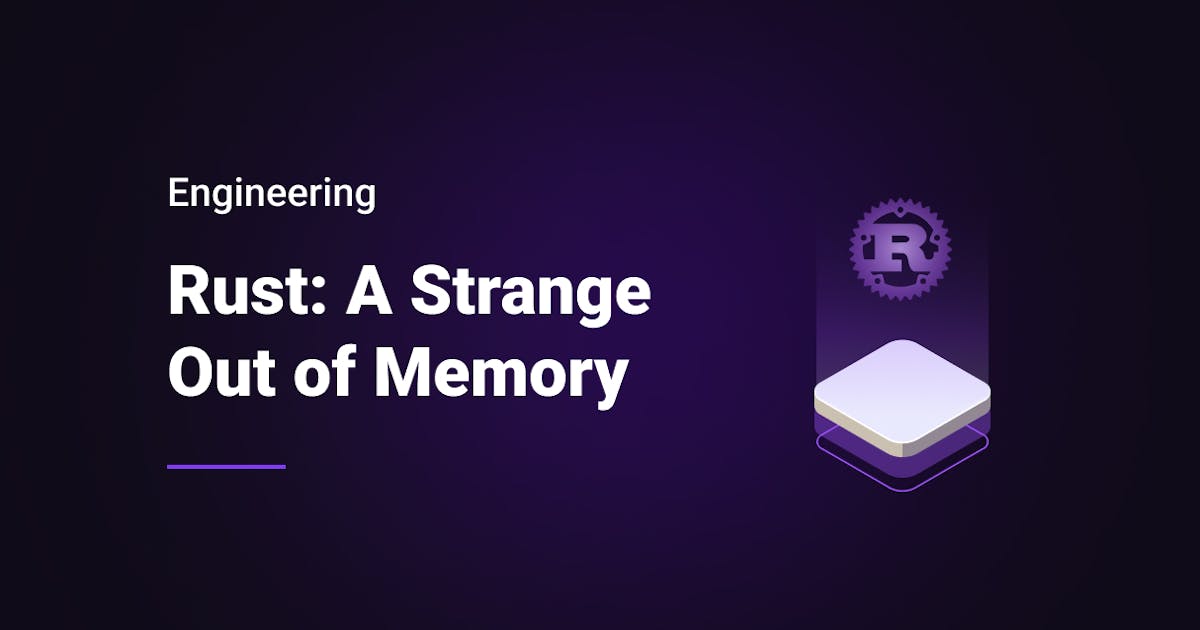GitHub Issues Major Update: Sub-issues, Issue Types, and Advanced Search
GitHub has released a major update to Issues, including sub-issues, issue types, and advanced search. Sub-issues allow breaking down problems into smaller units for better progress tracking. Issue types help teams classify and manage issues with a consistent language. Advanced search enables more complex filtering to find specific issues. The Issues UI has also been updated for improved efficiency and usability. Additionally, CodeQL Action v2 is officially retired, requiring users to upgrade to v3. Secret scanning default patterns now support more secret types, enhancing security.










